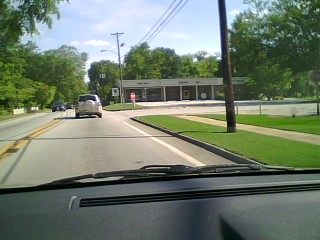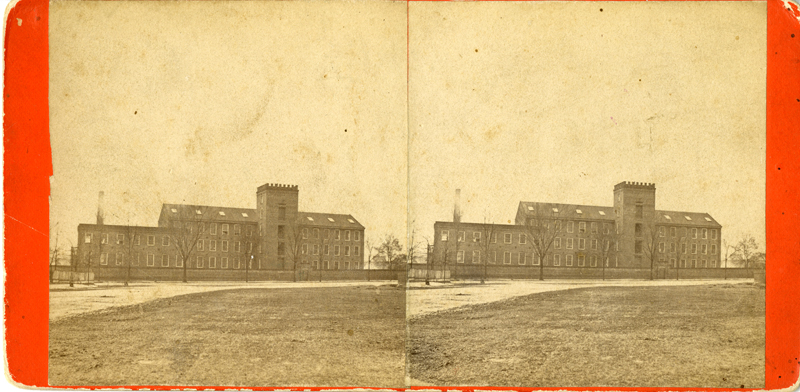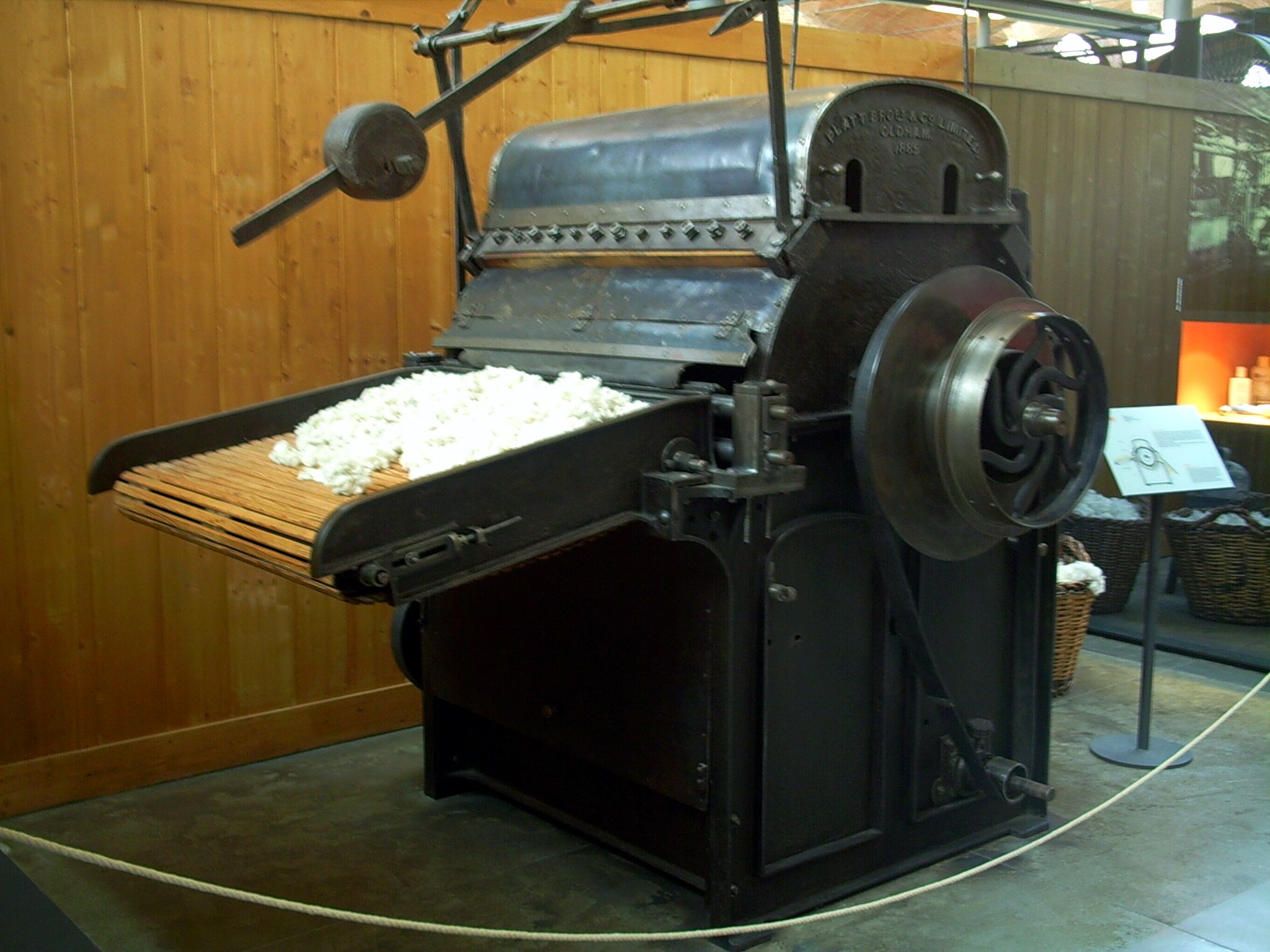|
Porterdale, Georgia
Porterdale is a town in Newton County, Georgia, the United States. The population was 1,429 at the 2010 census. History Porterdale was incorporated on March 10, 1917, and was named after Oliver S. Porter, a local mill owner. Geography Porterdale is located at (33.569585, -83.897968). According to the United States Census Bureau, the town has a total area of , all land. Demographics 2020 census As of the 2020 United States census, there were 1,799 people, 667 households, and 370 families residing in the city. 2000 census As of the census of 2000, there were 1,281 people, 463 households, and 333 families residing in the town. The population density was . There were 487 housing units at an average density of . The racial makeup of the town was 92.58% White, 4.92% African American, 0.31% Native American, 0.94% Asian, 0.55% from other races, and 0.70% from two or more races. Hispanic or Latino of any race were 1.87% of the population. There were 463 households, out of which ... [...More Info...] [...Related Items...] OR: [Wikipedia] [Google] [Baidu] |
Town
A town is a human settlement. Towns are generally larger than villages and smaller than city, cities, though the criteria to distinguish between them vary considerably in different parts of the world. Origin and use The word "town" shares an origin with the German language, German word , the Dutch language, Dutch word , and the Old Norse . The original Proto-Germanic language, Proto-Germanic word, *''tūnan'', is thought to be an early borrowing from Proto-Celtic language, Proto-Celtic *''dūnom'' (cf. Old Irish , Welsh language, Welsh ). The original sense of the word in both Germanic and Celtic was that of a fortress or an enclosure. Cognates of ''town'' in many modern Germanic languages designate a fence or a hedge. In English and Dutch, the meaning of the word took on the sense of the space which these fences enclosed, and through which a track must run. In England, a town was a small community that could not afford or was not allowed to build walls or other larger fort ... [...More Info...] [...Related Items...] OR: [Wikipedia] [Google] [Baidu] |
Race (United States Census)
Race and ethnicity in the United States census, defined by the federal Office of Management and Budget (OMB) and the United States Census Bureau, are the self-identified categories of race or races and ethnicity chosen by residents, with which they most closely identify, and indicate whether they are of Hispanic or Latino origin (the only categories for ethnicity). The racial categories represent a social-political construct for the race or races that respondents consider themselves to be and, "generally reflect a social definition of race recognized in this country." OMB defines the concept of race as outlined for the U.S. census as not "scientific or anthropological" and takes into account "social and cultural characteristics as well as ancestry", using "appropriate scientific methodologies" that are not "primarily biological or genetic in reference." The race categories include both racial and national-origin groups. Race and ethnicity are considered separate and dist ... [...More Info...] [...Related Items...] OR: [Wikipedia] [Google] [Baidu] |
Georgia State Route 81
State Route 81 (SR 81) is a diagonal state highway that travels southwest-to-northeast in the northwestern part of the U.S. state of Georgia. Its path exists within portions of Henry, Newton, Walton, and Barrow counties. It connects the McDonough area with Winder, via Covington and Loganville. Route description Western terminus to Oxford SR 81 begins at an intersection with US 19/ US 41/ SR 3 (Bear Creek Boulevard), just north of Hampton, in Henry County. It heads east to McDonough. There, it intersects SR 20 (Hampton Road). They run concurrent to the northeast, into the main part of town. Immediately, they have an interchange with Interstate 75 (I-75) at exit 218. The exit will be rebuilt into a diverging diamond interchange in 2020. Continuing east, the two highways intersect US 23/ SR 42 in the downtown McDonough Square. From the downtown square to an intersection with SR 155 (Zack Hinton Parkway) the highw ... [...More Info...] [...Related Items...] OR: [Wikipedia] [Google] [Baidu] |
Georgia 81
Georgia most commonly refers to: * Georgia (country), a country in the Caucasus region of Eurasia * Georgia (U.S. state), a state in the Southeast United States Georgia may also refer to: Places Historical states and entities * Related to the country in the Caucasus ** Kingdom of Georgia, a medieval kingdom ** Georgia within the Russian Empire ** Democratic Republic of Georgia, established following the Russian Revolution ** Georgian Soviet Socialist Republic, a constituent of the Soviet Union * Related to the US state ** Province of Georgia, one of the thirteen American colonies established by Great Britain in what became the United States ** Georgia in the American Civil War, the State of Georgia within the Confederate States of America. Other places * 359 Georgia, an asteroid * New Georgia, Solomon Islands * South Georgia and the South Sandwich Islands Canada * Georgia Street, in Vancouver, British Columbia, Canada * Strait of Georgia, British Columbia, Canada United Ki ... [...More Info...] [...Related Items...] OR: [Wikipedia] [Google] [Baidu] |
Yellow River (Georgia)
The Yellow River is a U.S. Geological Survey. National Hydrography Dataset high-resolution flowline dataThe National Map accessed April 21, 2011 tributary of the Ocmulgee River in the U.S. state of Georgia. The river rises north of Lawrenceville in Gwinnett County and flows south through the outer eastern suburbs of Atlanta, passing through the easternmost corner of DeKalb County before entering Rockdale County. Continuing south into Newton County, the river joins the South River in Lake Jackson, upstream of the junction of the Alcovy River to form the Ocmulgee River. Name The Yellow River's name is an accurate preservation of its native Creek language name ''Coc-la-pauchee'' or ''Welauneehatchee''. Recreation Yellow River Park is a highly vegetated area located off Juhan Road in the city of Stone Mountain, Georgia - just southeast of the granite dome of Stone Mountain Stone Mountain is a quartz monzonite dome monadnock and the site of Stone Mountain Park, east of Atlanta ... [...More Info...] [...Related Items...] OR: [Wikipedia] [Google] [Baidu] |
Bibb Manufacturing Company
Bibb Manufacturing Company was a textile company founded in Macon, Georgia, in 1876 and was sold to Dan River in 1998. Bibb Manufacturing Company, also known as "The Bibb Company" produced cotton products such as sheets, comforters, towels, curtains, and bedspreads. Bibb Manufacturing not only provided jobs for its employees but also medical care, schools, housing, and social workers to organize clubs, trips, and other events. Background On 25 February 1876, Georgia Governor James Smith approved the incorporation of the Bibb Manufacturing Company. The charter request originated from three men; Major John F. Hanson, Isaac N. Hanson, and Hugh M. Comer. Once it was approved, these same three men became the directors of Bibb Manufacturing Company. Comer was elected president, J. Hanson secretary treasurer, and I. Hanson was in charge of the business office. Shortly thereafter, J. Hanson went before the Mayor and City Council of Macon, Georgia and demanded that the company be exe ... [...More Info...] [...Related Items...] OR: [Wikipedia] [Google] [Baidu] |
Textile Mill
Textile Manufacturing or Textile Engineering is a major industry. It is largely based on the conversion of fibre into yarn, then yarn into fabric. These are then dyed or printed, fabricated into cloth which is then converted into useful goods such as clothing, household items, upholstery and various industrial products. Different types of fibres are used to produce yarn. Cotton remains the most widely used and common natural fiber making up 90% of all-natural fibers used in the textile industry. People often use cotton clothing and accessories because of comfort, not limited to different weathers. There are many variable processes available at the spinning and fabric-forming stages coupled with the complexities of the finishing and colouration processes to the production of a wide range of products. History Textile manufacturing in the modern era is an evolved form of the art and craft industries. Until the 18th and 19th centuries, the textile industry was a household ... [...More Info...] [...Related Items...] OR: [Wikipedia] [Google] [Baidu] |
Poverty Line
The poverty threshold, poverty limit, poverty line or breadline is the minimum level of income deemed adequate in a particular country. The poverty line is usually calculated by estimating the total cost of one year's worth of necessities for the average adult.Poverty Lines – Martin Ravallion, in The New Palgrave Dictionary of Economics, 2nd Edition, London: Palgrave Macmillan The cost of housing, such as the rent for an apartment, usually makes up the largest proportion of this estimate, so economists track the real estate market and other housing cost indicators as a major influence on the poverty line. Individual factors are often used to account for various circumstances, such as whether one is a parent, elderly, a child, married, etc. The poverty threshold may be adjusted annually. In practice, like the definition of poverty, the official or common understanding of the poverty line is significantly higher in developed countries than in developing countries. In October ... [...More Info...] [...Related Items...] OR: [Wikipedia] [Google] [Baidu] |
Per Capita Income
Per capita income (PCI) or total income measures the average income earned per person in a given area (city, region, country, etc.) in a specified year. It is calculated by dividing the area's total income by its total population. Per capita income is national income divided by population size. Per capita income is often used to measure a sector's average income and compare the wealth of different populations. Per capita income is also often used to measure a country's standard of living. It is usually expressed in terms of a commonly used international currency such as the euro or United States dollar, and is useful because it is widely known, is easily calculable from readily available gross domestic product (GDP) and population estimates, and produces a useful statistic for comparison of wealth between sovereign territories. This helps to ascertain a country's development status. It is one of the three measures for calculating the Human Development Index of a country. Per ... [...More Info...] [...Related Items...] OR: [Wikipedia] [Google] [Baidu] |
Marriage
Marriage, also called matrimony or wedlock, is a culturally and often legally recognized union between people called spouses. It establishes rights and obligations between them, as well as between them and their children, and between them and their in-laws. It is considered a cultural universal, but the definition of marriage varies between cultures and religions, and over time. Typically, it is an institution in which interpersonal relationships, usually sexual, are acknowledged or sanctioned. In some cultures, marriage is recommended or considered to be compulsory before pursuing any sexual activity. A marriage ceremony is called a wedding. Individuals may marry for several reasons, including legal, social, libidinal, emotional, financial, spiritual, and religious purposes. Whom they marry may be influenced by gender, socially determined rules of incest, prescriptive marriage rules, parental choice, and individual desire. In some areas of the world, arranged ... [...More Info...] [...Related Items...] OR: [Wikipedia] [Google] [Baidu] |
Census
A census is the procedure of systematically acquiring, recording and calculating information about the members of a given population. This term is used mostly in connection with national population and housing censuses; other common censuses include censuses of agriculture, traditional culture, business, supplies, and traffic censuses. The United Nations (UN) defines the essential features of population and housing censuses as "individual enumeration, universality within a defined territory, simultaneity and defined periodicity", and recommends that population censuses be taken at least every ten years. UN recommendations also cover census topics to be collected, official definitions, classifications and other useful information to co-ordinate international practices. The UN's Food and Agriculture Organization (FAO), in turn, defines the census of agriculture as "a statistical operation for collecting, processing and disseminating data on the structure of agriculture, coverin ... [...More Info...] [...Related Items...] OR: [Wikipedia] [Google] [Baidu] |
.jpg)





